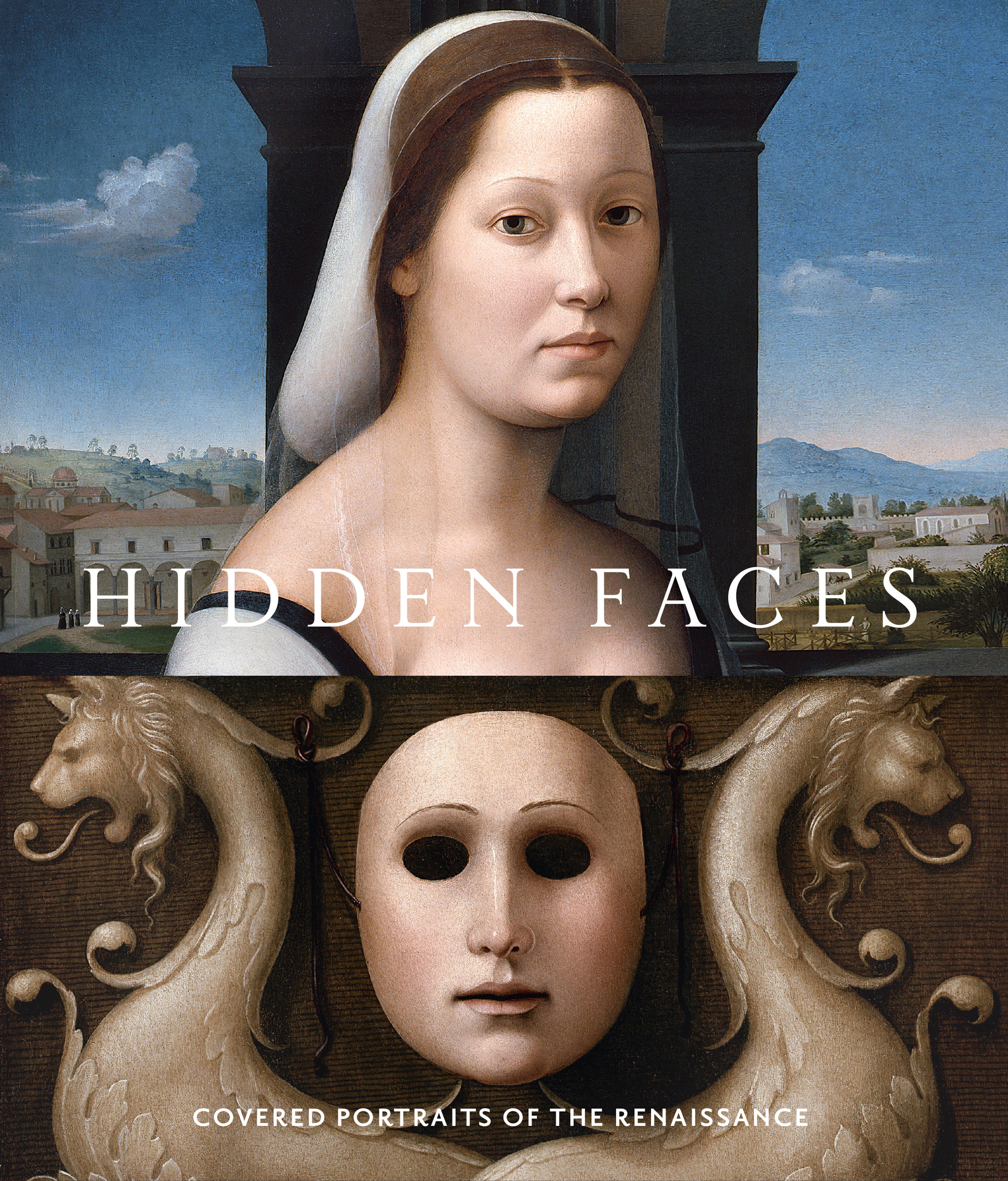Portrait medal of Vittorino Rambaldoni da Feltre (obverse); A Pelican (reverse)
Active in Verona and the Italian courts, the celebrated master Pisanello left behind a significant legacy, including a large corpus of drawings and several paintings. He was also the inventor of the commemorative portrait medal. Inspired by Roman coins, with their portraits of rulers and allegorical representations on the reverse, the medals commemorated individuals or events and functioned as gifts and mementoes.
Vittorino Rambaldoni da Feltre was a celebrated humanist and teacher whom the marquess of Mantua, Gianfrancesco Gonzaga, engaged to educate his children. Ludovico Gonzaga, a former student, probably commissioned the medal to honor his beloved teacher around the time of Vittorino’s death.
On the medal’s reverse is a bird feeding its young. It may represent a pelican, a traditional symbol of Christ’s sacrifice due to the belief that the pelican fed its young from the blood of a self-inflicted wound. The bird has also been identified as a phoenix, which, according to one of Vittorino’s pupils, represented his self-sacrifice as a teacher.
Vittorino Rambaldoni da Feltre was a celebrated humanist and teacher whom the marquess of Mantua, Gianfrancesco Gonzaga, engaged to educate his children. Ludovico Gonzaga, a former student, probably commissioned the medal to honor his beloved teacher around the time of Vittorino’s death.
On the medal’s reverse is a bird feeding its young. It may represent a pelican, a traditional symbol of Christ’s sacrifice due to the belief that the pelican fed its young from the blood of a self-inflicted wound. The bird has also been identified as a phoenix, which, according to one of Vittorino’s pupils, represented his self-sacrifice as a teacher.
Artwork Details
- Title:Portrait medal of Vittorino Rambaldoni da Feltre (obverse); A Pelican (reverse)
- Artist:Pisanello (Antonio Pisano) (Italian, Pisa or Verona by 1395–1455)
- Date:model 1446–47 (possibly cast 15th or 16th century)
- Medium:Bronze (yellowish copper alloy with brown patina and traces of black lacquer or wax)
- Dimensions:Other: 2 9/16 in. (6.5 cm)
- Classification:Medals
- Credit Line:Robert Lehman Collection, 1975
- Object Number:1975.1.1302
- Curatorial Department: The Robert Lehman Collection
More Artwork
Research Resources
The Met provides unparalleled resources for research and welcomes an international community of students and scholars. The Met's Open Access API is where creators and researchers can connect to the The Met collection. Open Access data and public domain images are available for unrestricted commercial and noncommercial use without permission or fee.
To request images under copyright and other restrictions, please use this Image Request form.
Feedback
We continue to research and examine historical and cultural context for objects in The Met collection. If you have comments or questions about this object record, please contact us using the form below. The Museum looks forward to receiving your comments.
